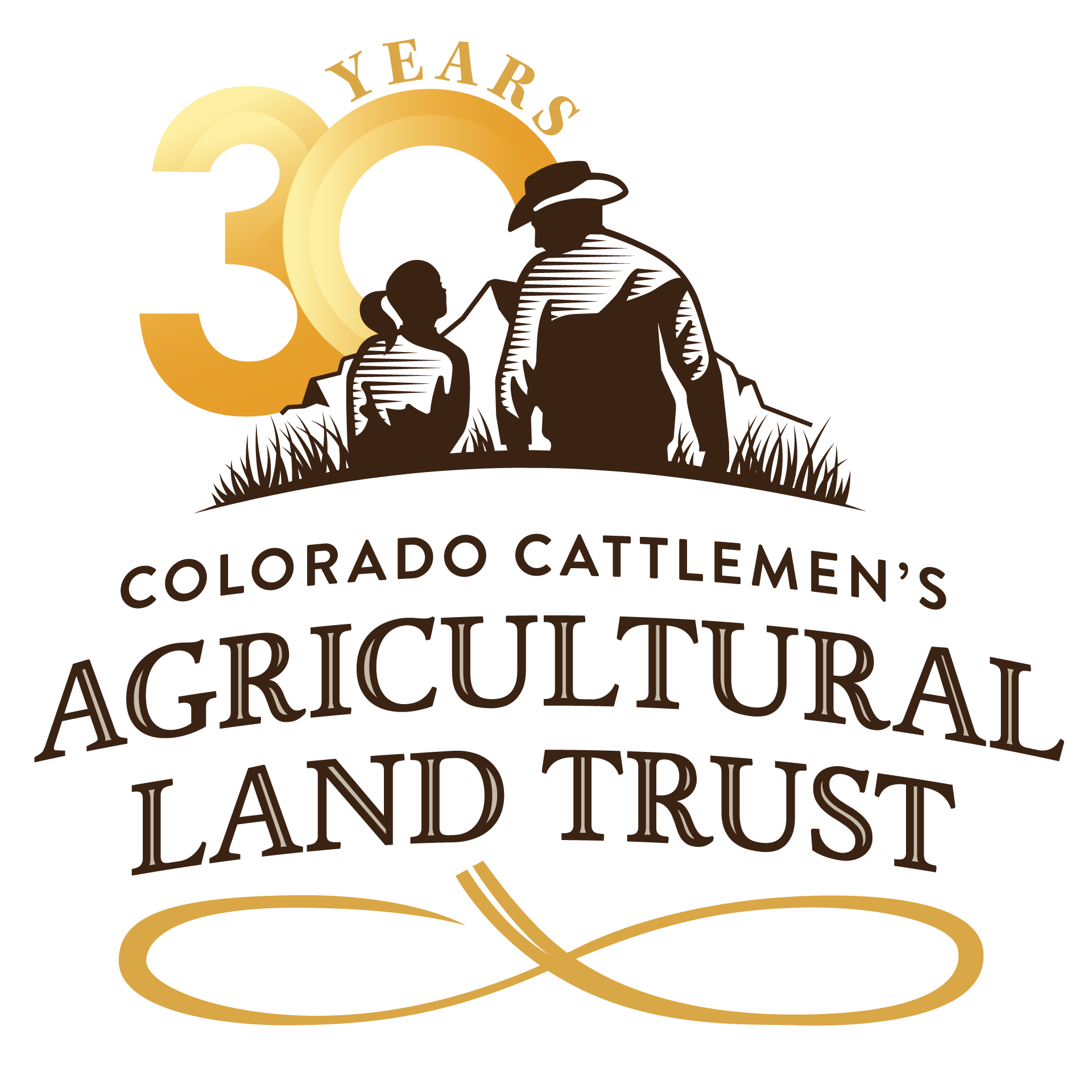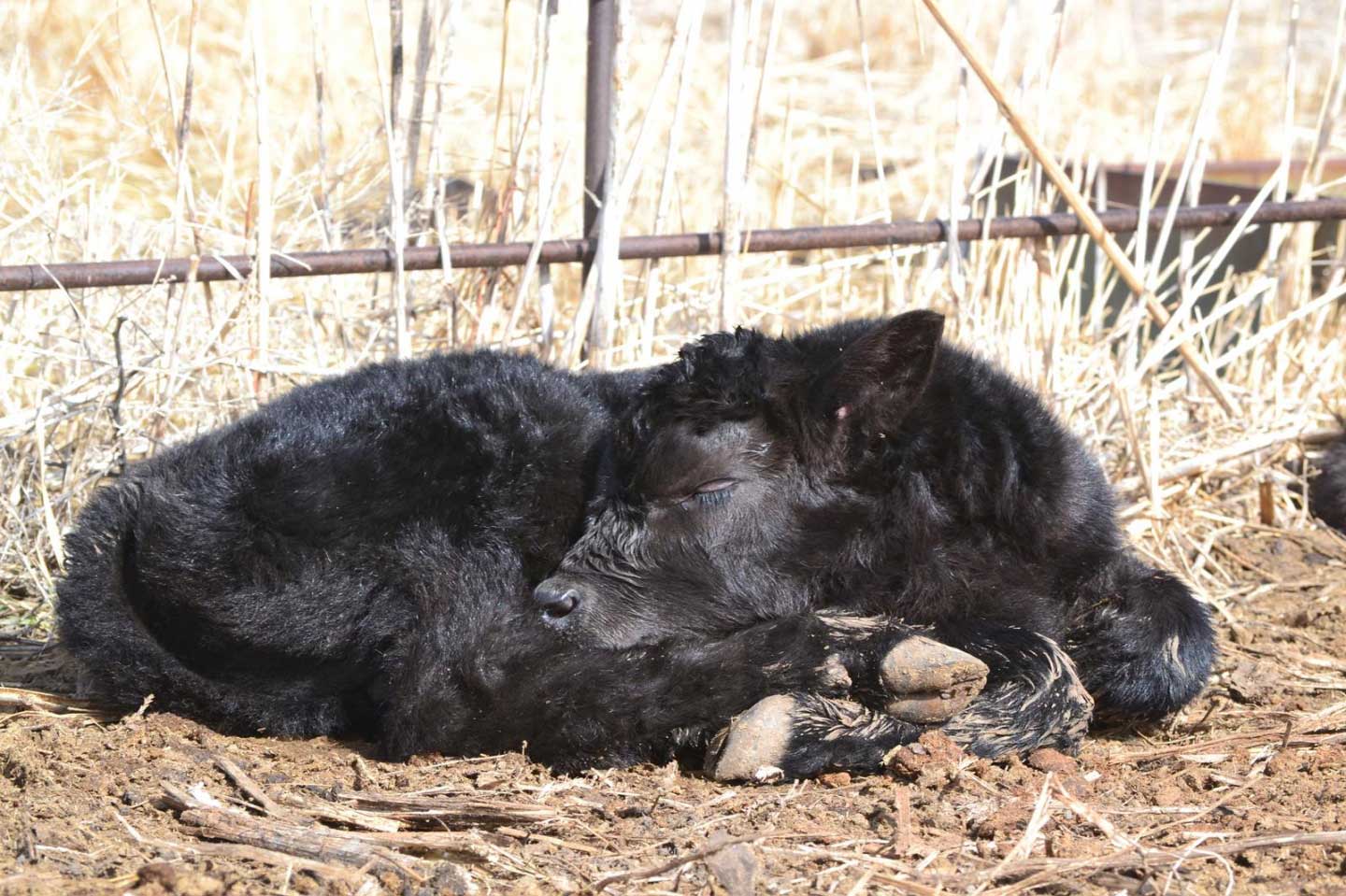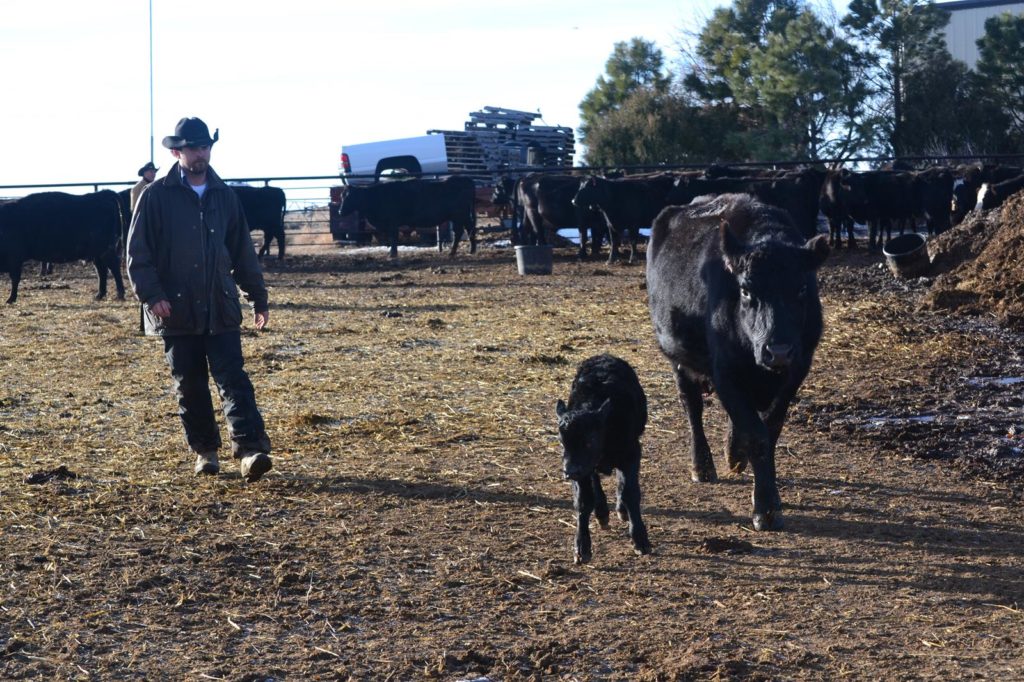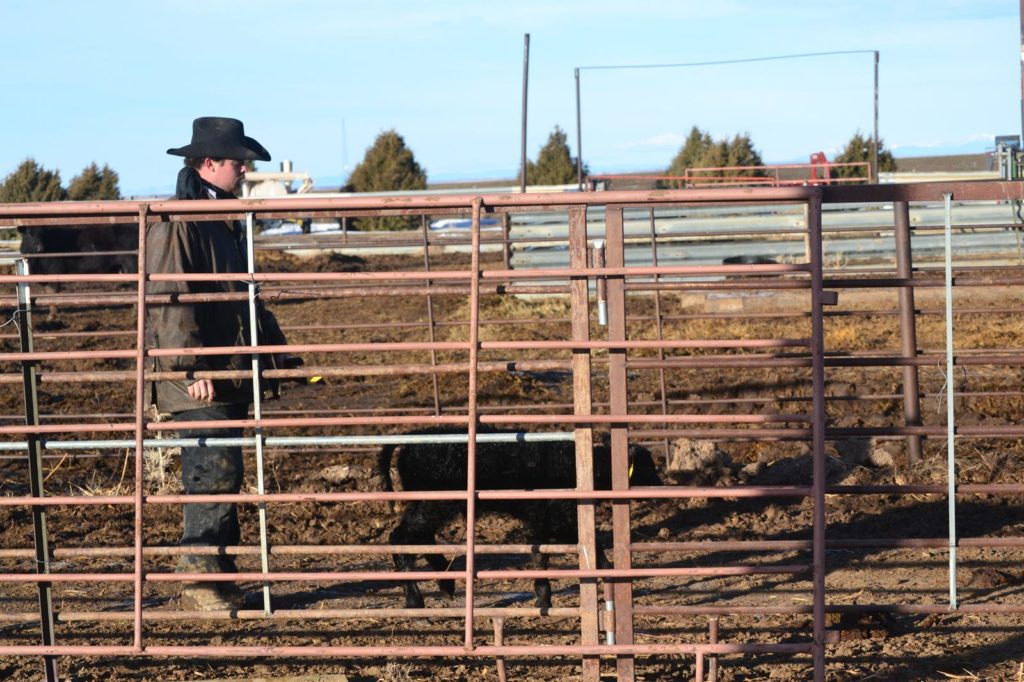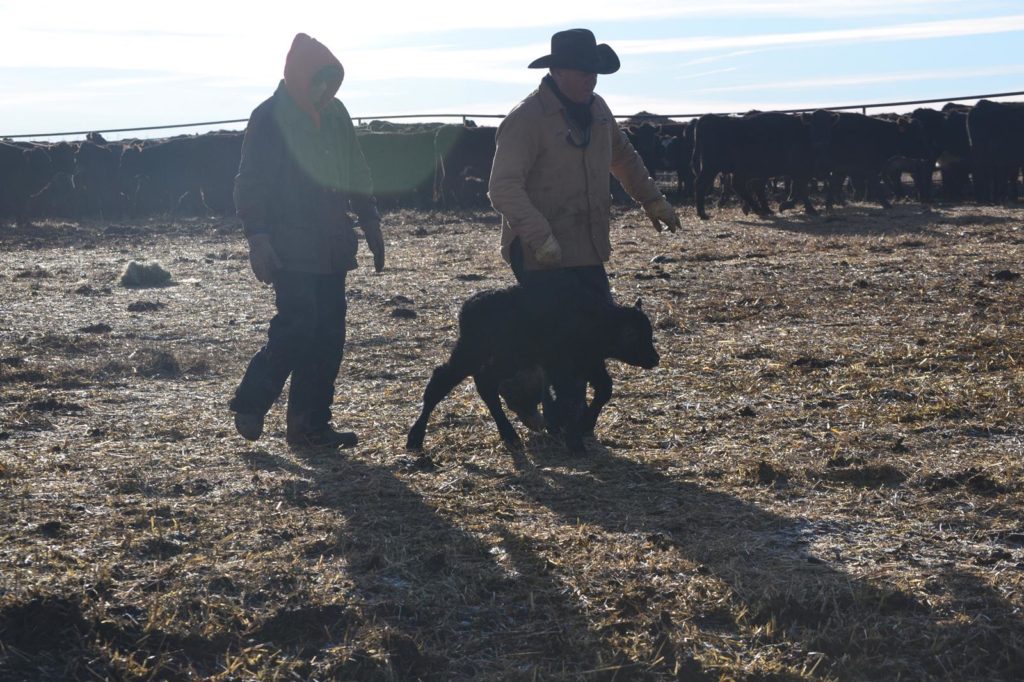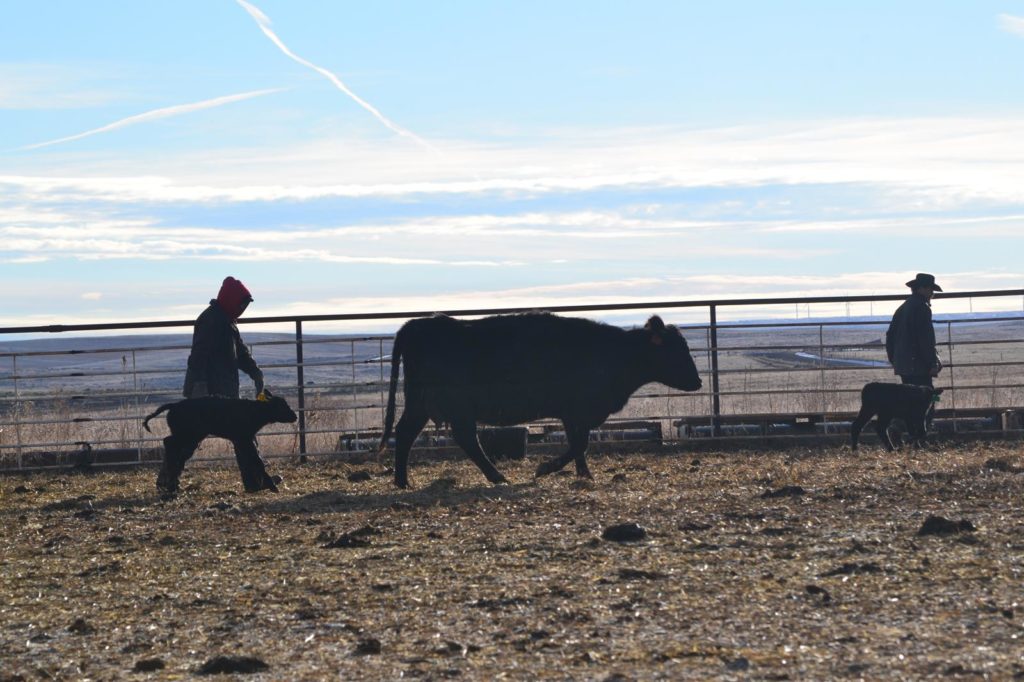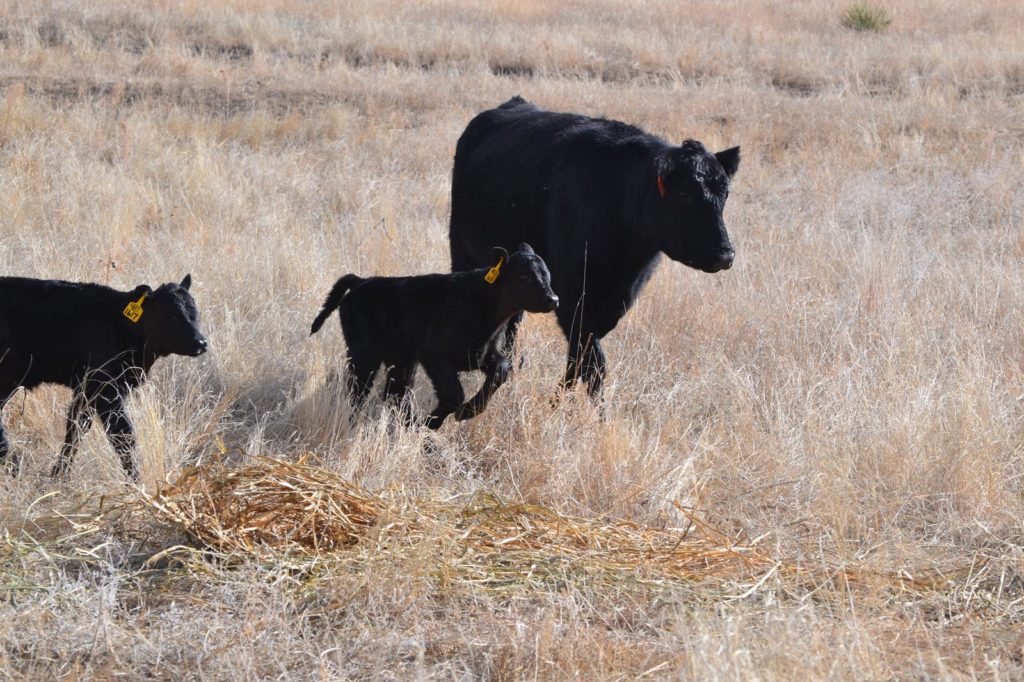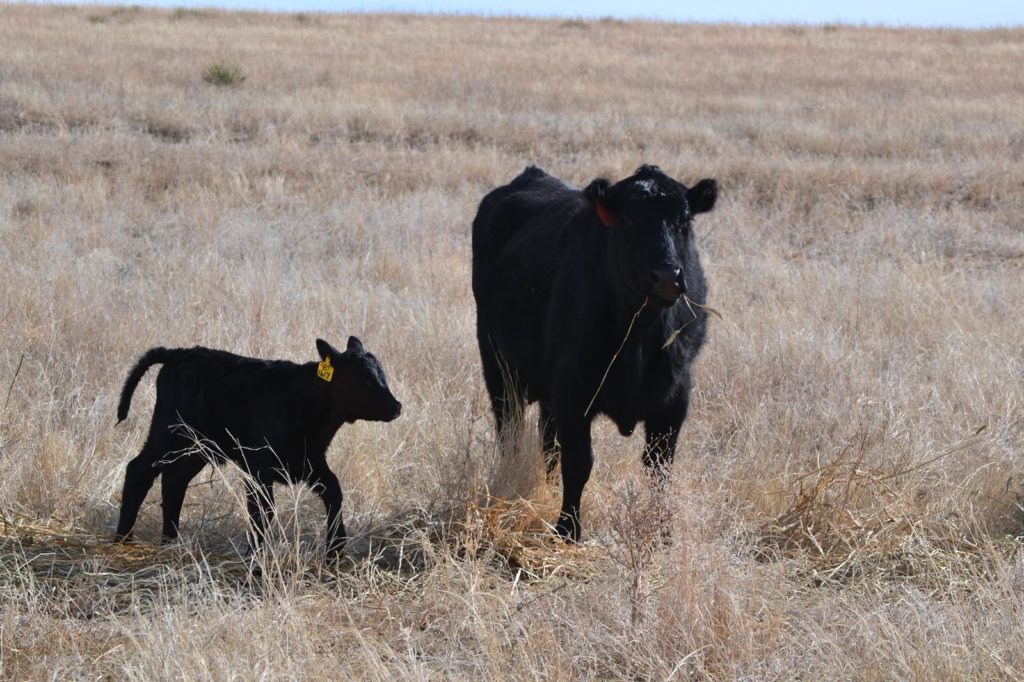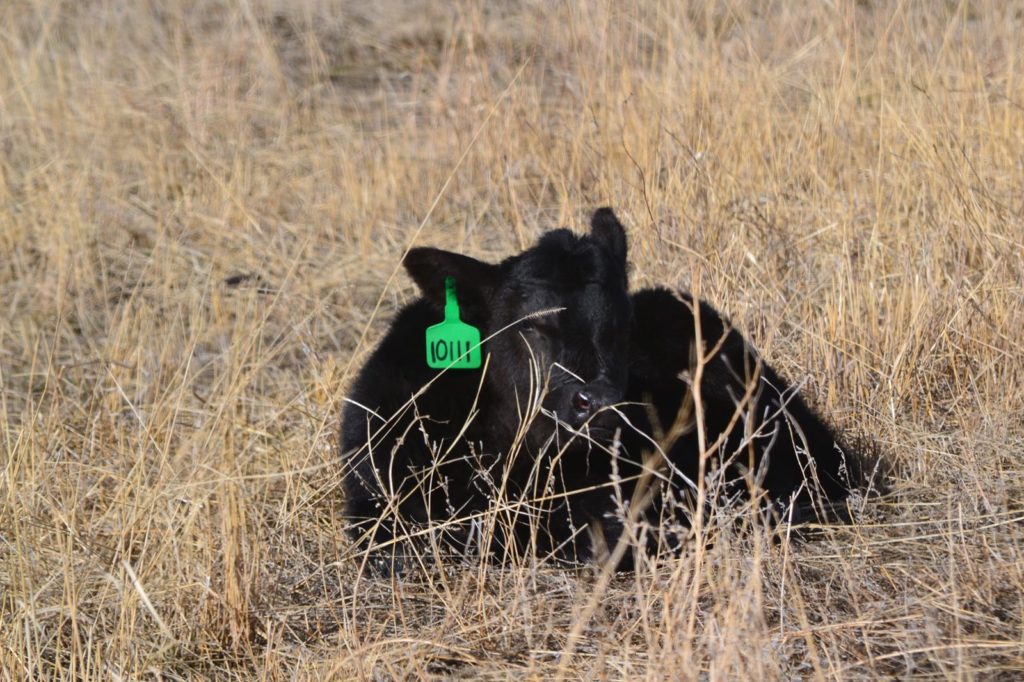Calving In Colorado
It may not be spring yet, but as the days warm and the sun sets later in the evening, ranchers across Colorado are preparing for calving season. Ranching is usually known as a 24/7 occupation, and calving season is likely the epitome of that statement. Similar to human baby due dates, even the most synchronized operations can’t completely control when a cow gives birth. Be it three in the afternoon, or three in the morning; it is ultimately up to Mother Nature. More often than not, births run smoothly and both the cow and calf adjust and recover well. Still, most ranchers prefer to be nearby when their heifers and cows are giving birth, in case they require extra help or attention.
Keven and Sandi Turecek of Deer Trail, Colorado, began calving this year in early February. Starting earlier in the year has several advantages for their family, but ultimately the decision comes down to desired calf weights in the fall, and a need to coordinate their time with their farming operation in the spring. In a typical day, 15-20 calves will be born on their ranch.
During calving season, Keven wakes up around 2am to begin checking cows and calves. Sandi joins him in the corrals around 6am, and together they monitor new babies and moms, check on expectant mothers, and feed and water all of the animals.
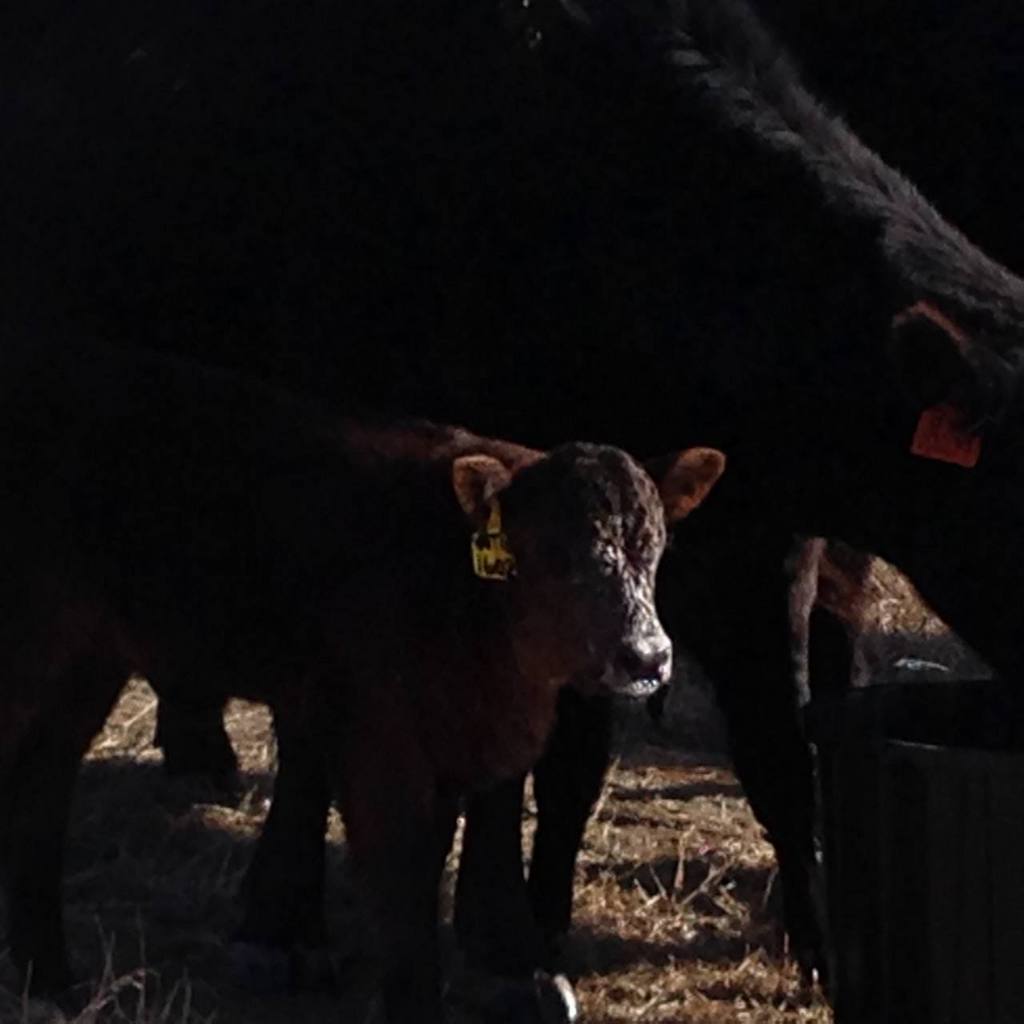
In addition to feeding, all of the newborn calves must be tagged every morning. The bull calves and heifer calves are tagged with contrasting colors and each gender has a different numbering system. Bull calves are given the same number as their mother. Heifer calves are given two numbers on their tags; one number correlates with the year they were born, and one number represents their mother’s number.
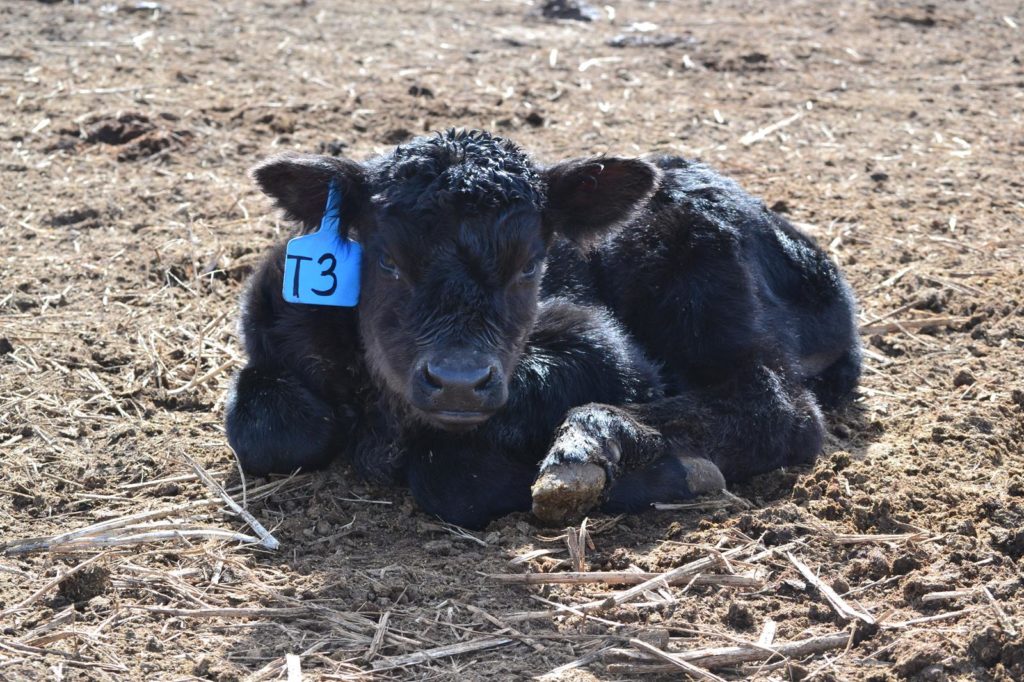
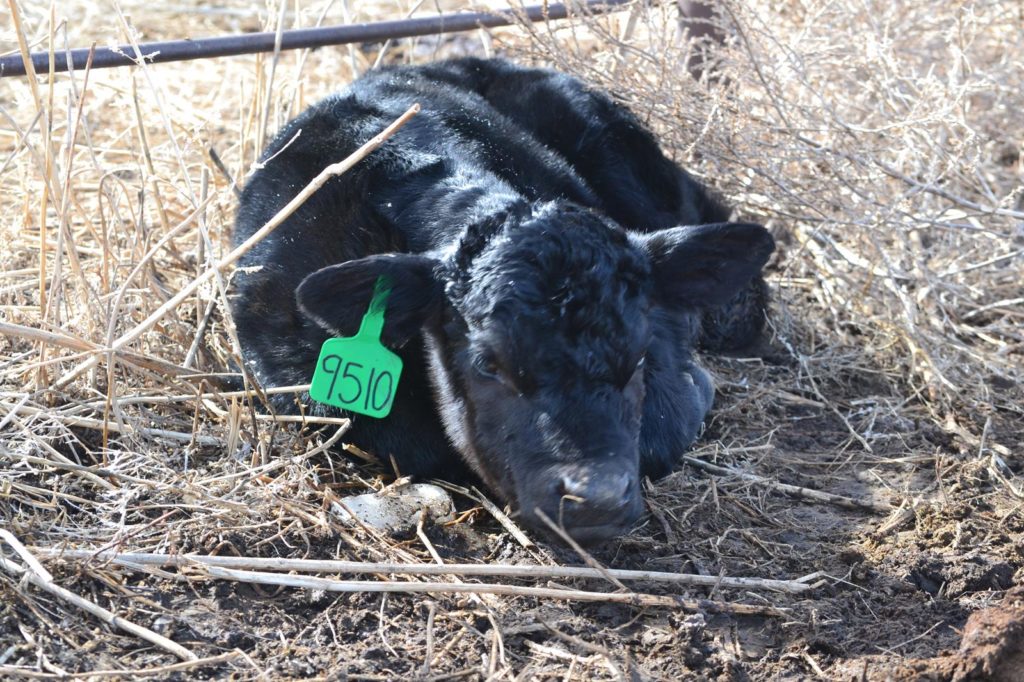
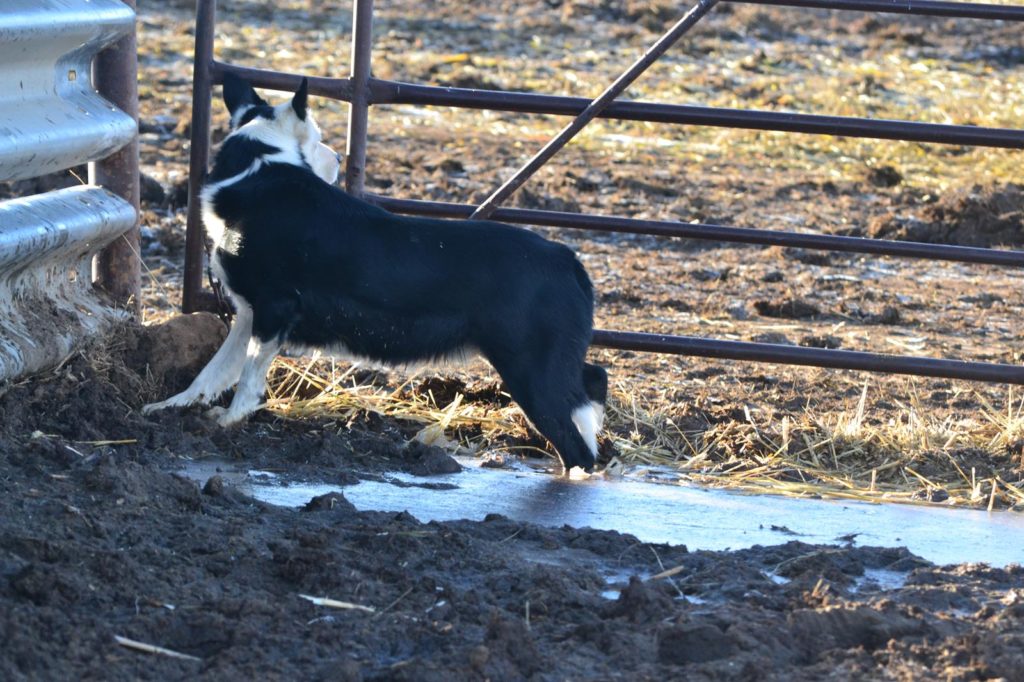
“Mickey” the cowdog helps check the calves.
As the morning continues, Keven, Sandi, their sons Travis and Ty, and their daughter-in-law Paige will work on sorting out the newborn calves from those that are over 48 hours old. The newborns and their mothers remain in the corrals close to the barn where they can be watched. Older calves and their moms will be trailered to an open pasture down the road. There is less chance for the calves to get disease in an open pasture, so the family tries to get the calves out to grass as quickly as possible.
By afternoon, the recently transported calves and cows get settled in the spring pasture. The calves and their mothers will remain in the pasture until branding season in May. The Tureceks feed these pairs in the pasture twice a day, and monitor them at least one more time before the sun sets. After branding season in the spring, all of the cows and calves will be moved to a larger pasture for the summer.
As the day wraps up, the Tureceks will continue checking on new calves and mothers, feed all of the animals again, and clean the corrals. After an early dinner, Keven will be in bed by 5pm. He will need to wake up again at 2am and repeat the day. Sandi will continue monitoring the cows and calves until midnight when Travis or Tyler take over her shift.
And it’s all in a day’s work!
